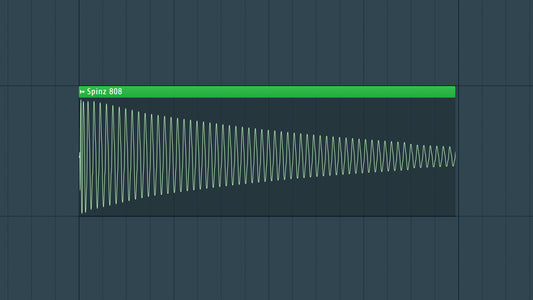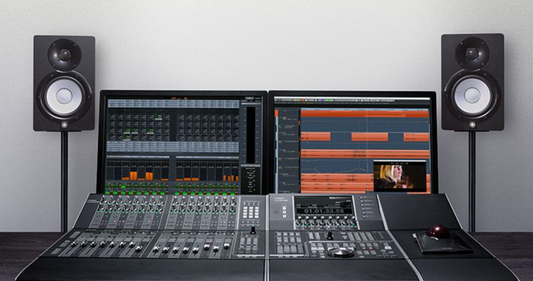Introduction
I have been making EDM in Ableton for over 10 years, so today I wanted to show you my favorites tricks and tips for making this impactful genre... Ableton Live, renowned for its innovative workflow and powerful features, stands as an exceptional platform for producers delving into the captivating world of Electronic Dance Music (EDM). In this comprehensive guide, we'll unravel the step-by-step process of creating compelling and vibrant EDM tracks in Ableton Live, empowering you to navigate the depths of this versatile DAW.
CLICK HERE TO DOWNLOAD 20+ FREE SAMPLE PACKS

I. Setting Up Your Project:
A. Tempo and Signature:
- Choosing an EDM-Friendly Tempo: EDM tempos often range from 120 to 140 BPM; select a tempo that aligns with your desired energy level.
- Time Signature: Most EDM tracks follow a 4/4 time signature.
B. Sound Selection:
- Dynamic Synths and Instruments: Explore Ableton Live's diverse library of synths and electronic instruments catering to various EDM genres.
- Percussive Drum Kits: Curate or choose drum kits with impactful kicks, snappy snares, hi-hats, and an array of percussion elements.
II. Building a Dynamic Rhythm:
A. Crafting the Kick and Snare Pattern:
- Dominant Kick Placement: Establish a prominent kick pattern for a driving rhythm.
- Snare Creativity: Experiment with snare placements and variations to infuse energy and movement.
B. Hi-Hats and Percussion:
- Energetic Hi-Hat Patterns: Create intricate hi-hat patterns to propel the track forward.
- Layered Percussion: Add layers of percussion for depth and complexity.
III. Crafting Captivating Melodies:
A. Synth Melodies and Chords:
- Uplifting Melodies with Ableton Instruments: Utilize Ableton Live's synths to craft catchy and uplifting melodies.
- Chord Progressions: Experiment with diverse chord progressions for emotional depth.
B. Modulation and Automation:
- Pitch Modulation Techniques: Employ pitch modulation for expressive and dynamic melodic elements.
- Automation for Sonic Evolution: Utilize automation for evolving sounds and effects.
IV. Building Layers and Arrangement:
A. Layering Synths and Effects:
- Textured Soundscapes: Layer synths and effects to create a rich and vibrant sonic tapestry.
- Build and Release Dynamics: Craft tension and release within your arrangement for an engaging flow.
B. Arrangement Structure:
- Intro, Buildup, Drop, Breakdown, Buildup, Drop, Outro: Plan your arrangement with sections that build and release energy.
- Automation for Seamless Transitions: Employ automation for smooth transitions between sections.
V. Mixing and Mastering:
A. Balancing Elements:
- Volume Balancing: Ensure a balanced mix by adjusting the levels of each element.
- Spatial Enhancement: Use Ableton Live's spatial tools for width and depth.
B. Mastering Your EDM Track:
- Subtle Dynamic Processing: Apply compression and limiting for a polished and consistent sound.
- Referencing Professionally Mixed Tracks: Compare your track to industry standards for guidance.
VI. Performance and Live Elements:
A. Incorporating Live Instruments:
- Live Recording for Authenticity: Infuse authenticity by integrating live instruments, vocals, or effects.
- Performance Effects and Features: Leverage Ableton Live's performance features for dynamic live shows.
CLICK HERE TO DOWNLOAD 20+ FREE SAMPLE PACKS
Conclusion
Ableton Live empowers EDM producers to craft sonic masterpieces with a streamlined workflow. This guide serves as your roadmap, guiding you through the essential steps of creating EDM tracks in Ableton Live. As you experiment, refine, and shape your production, let your unique style shine through, transforming your studio sessions into an exhilarating journey of creative exploration within the pulsating realm of EDM production in Ableton Live.




